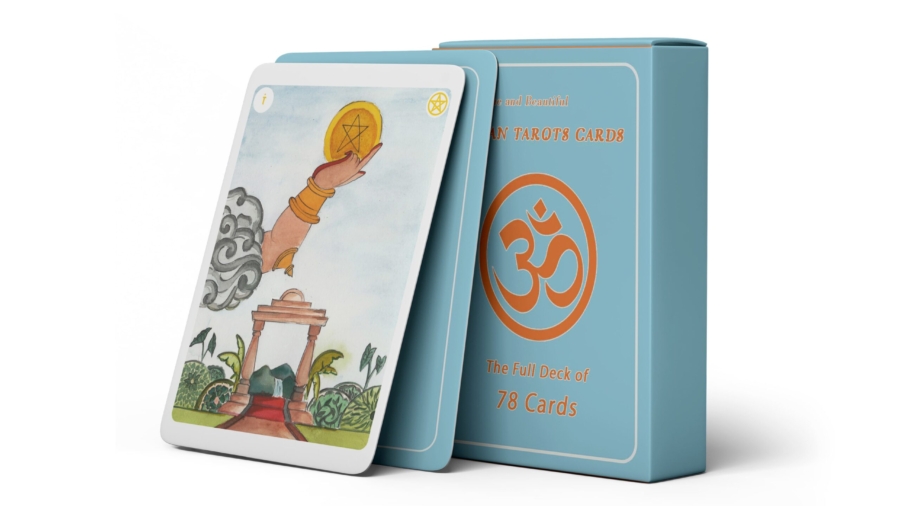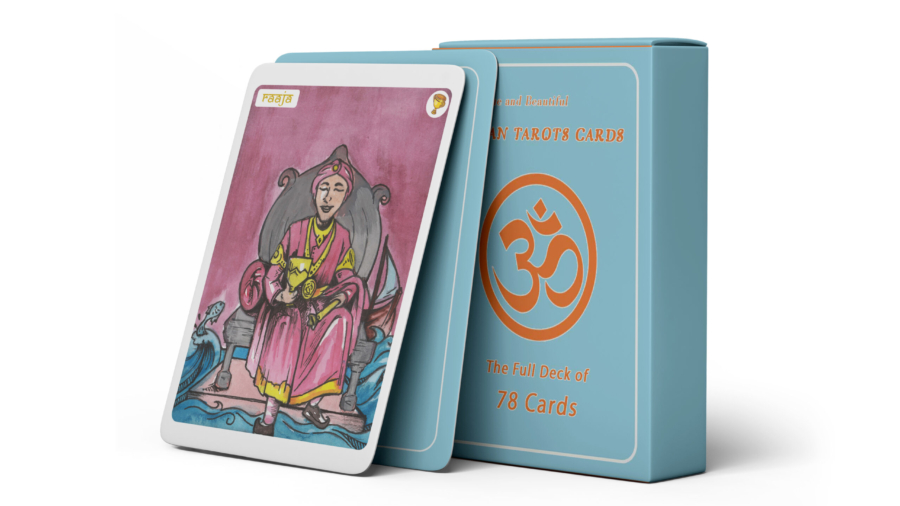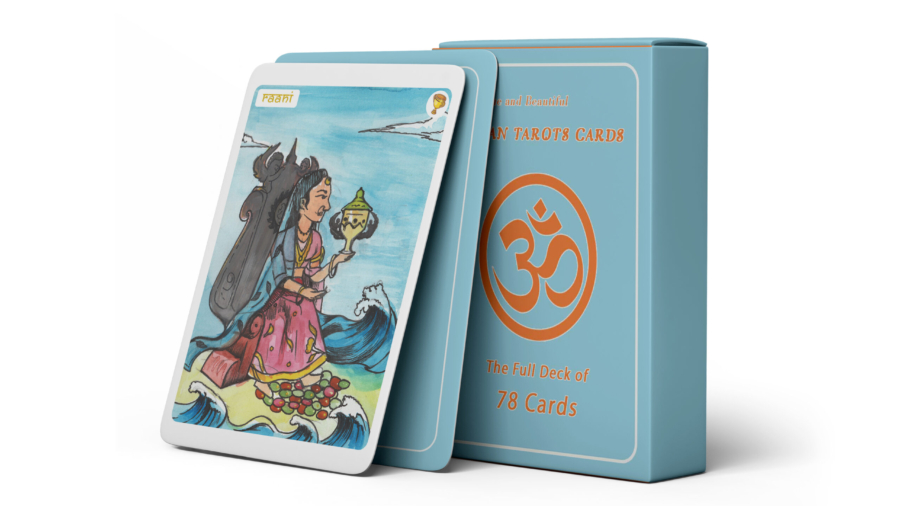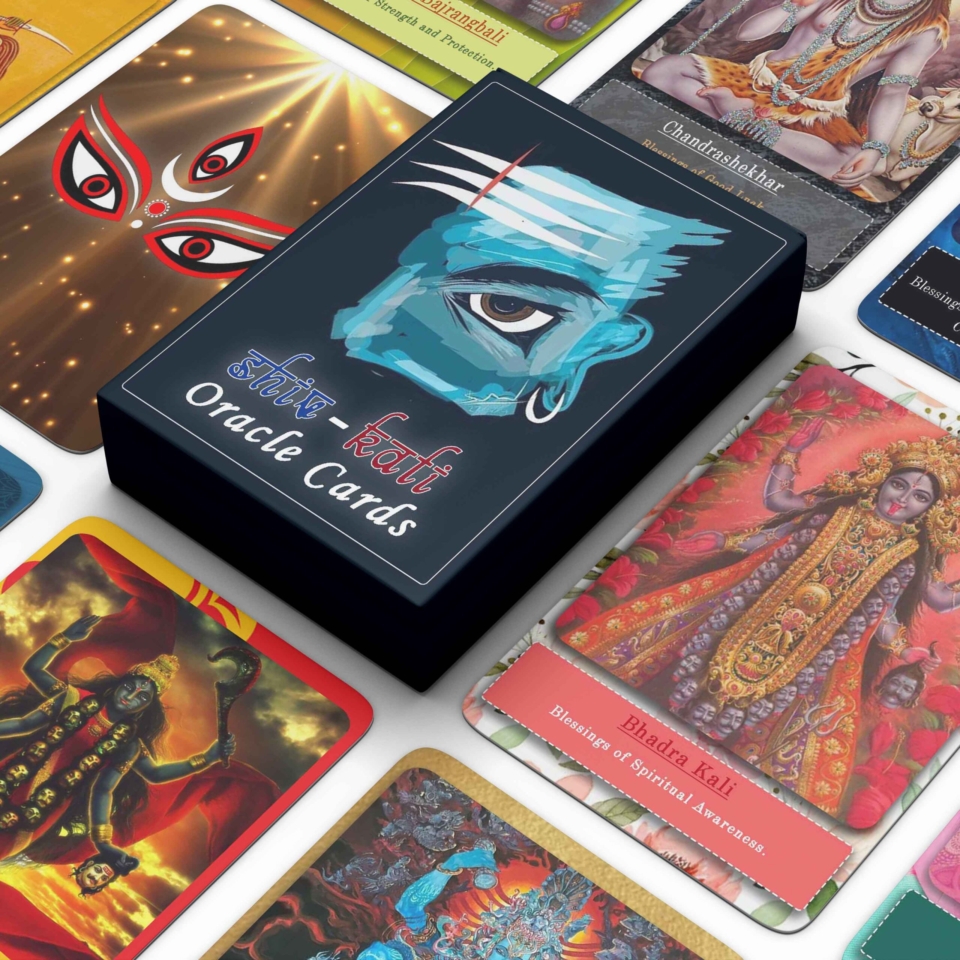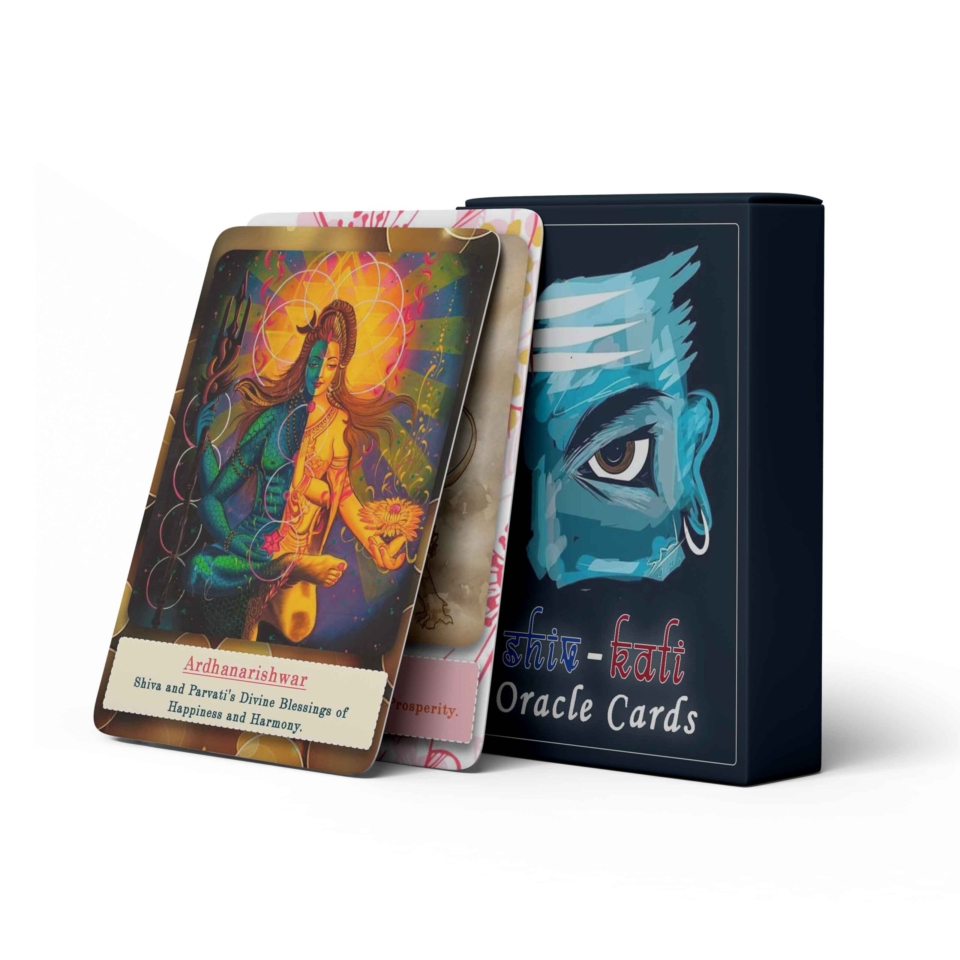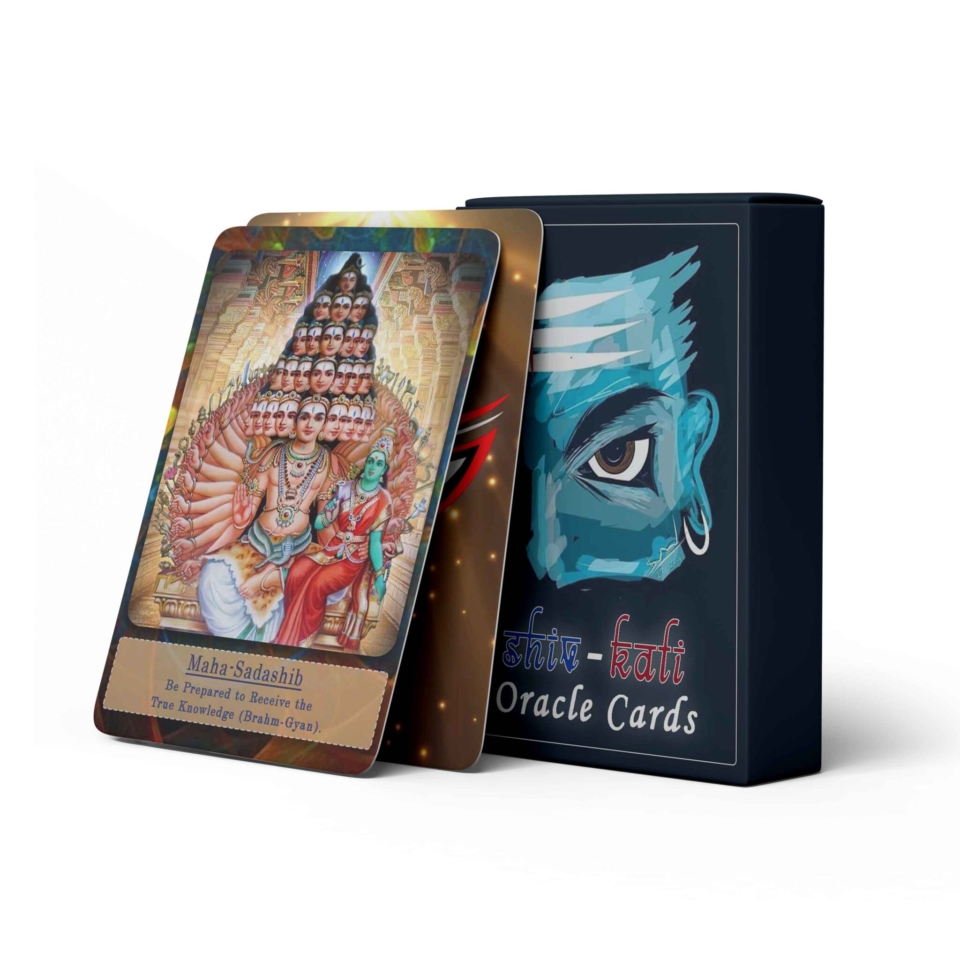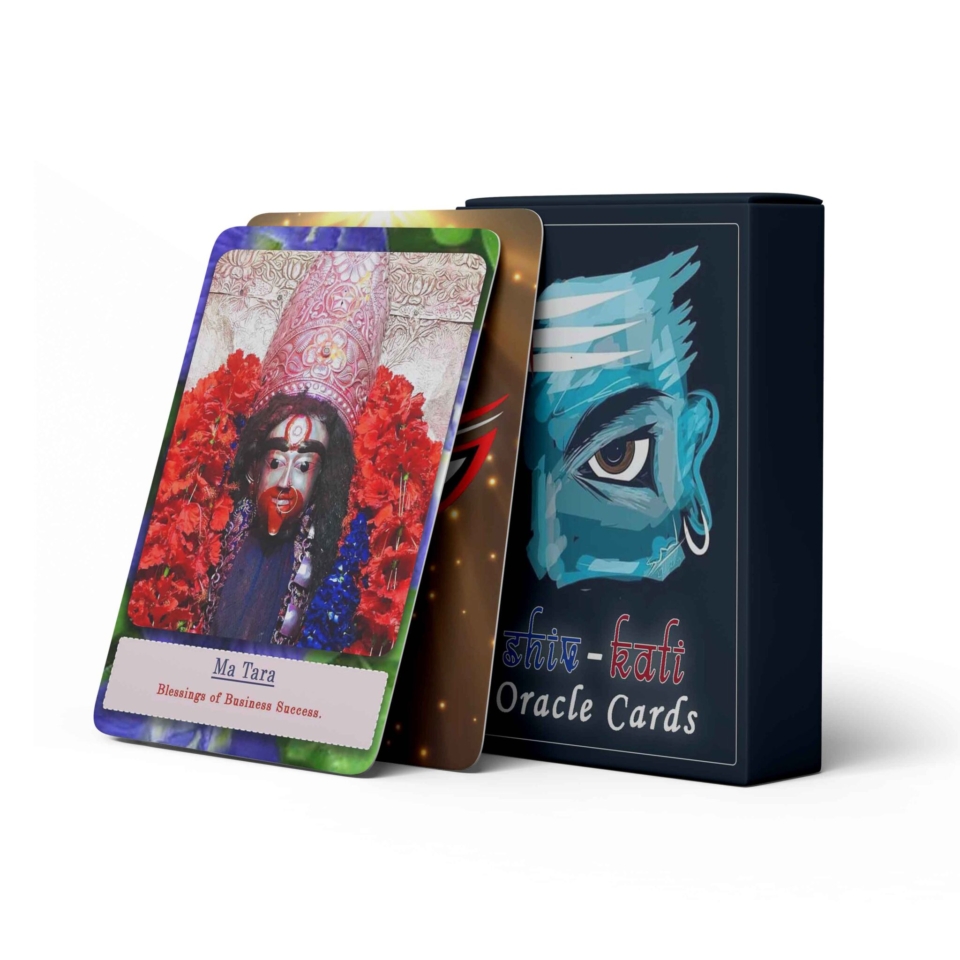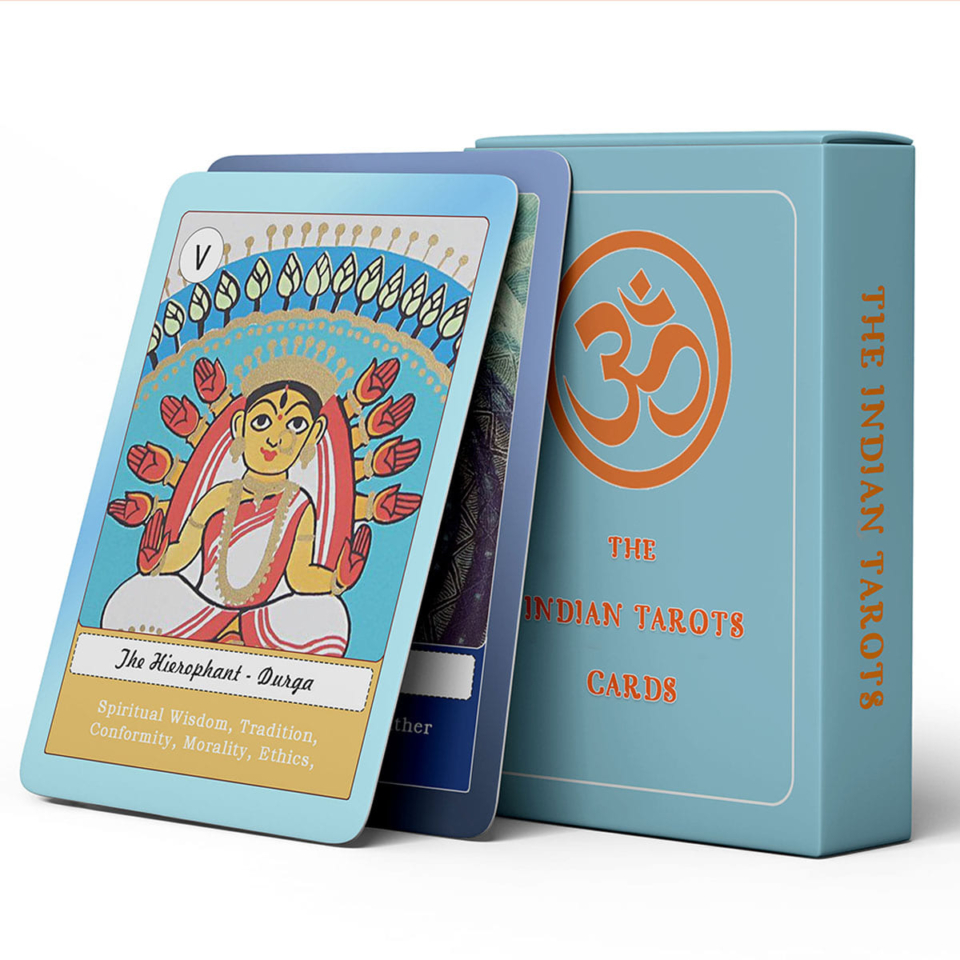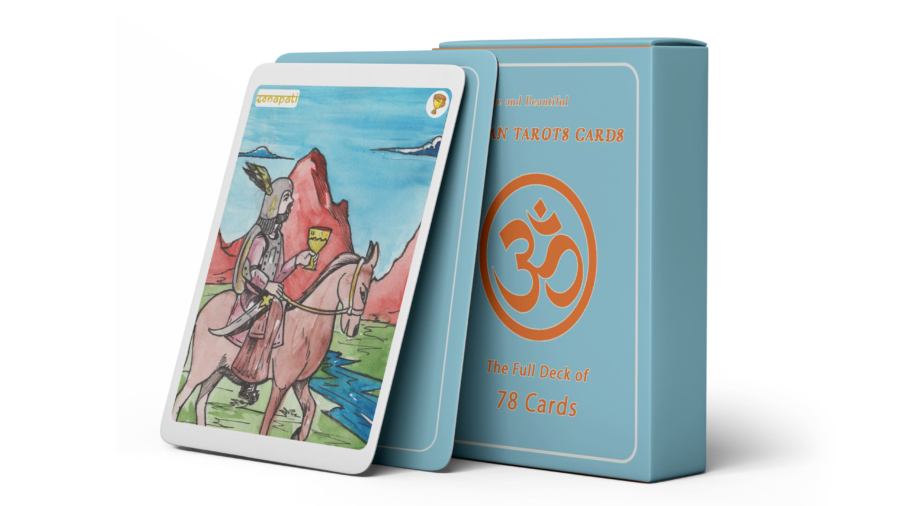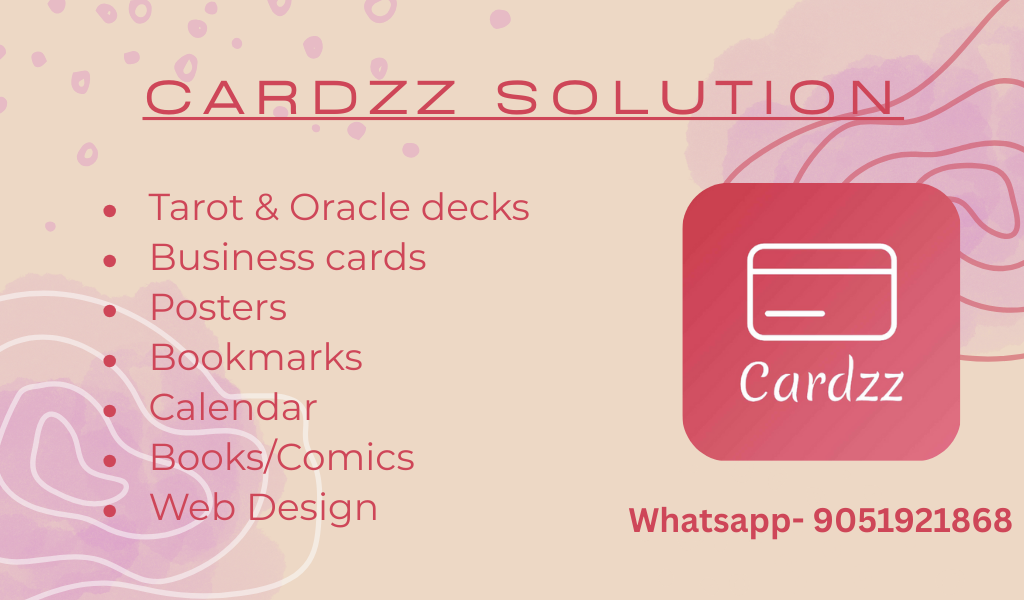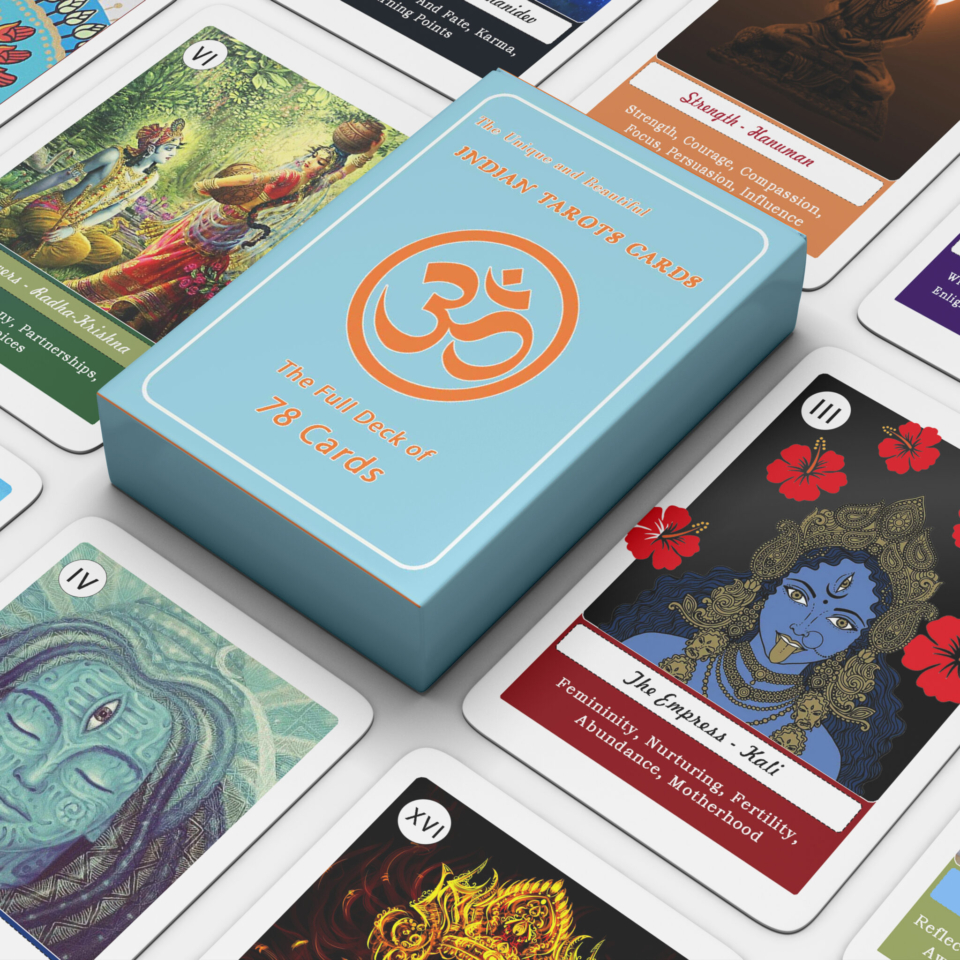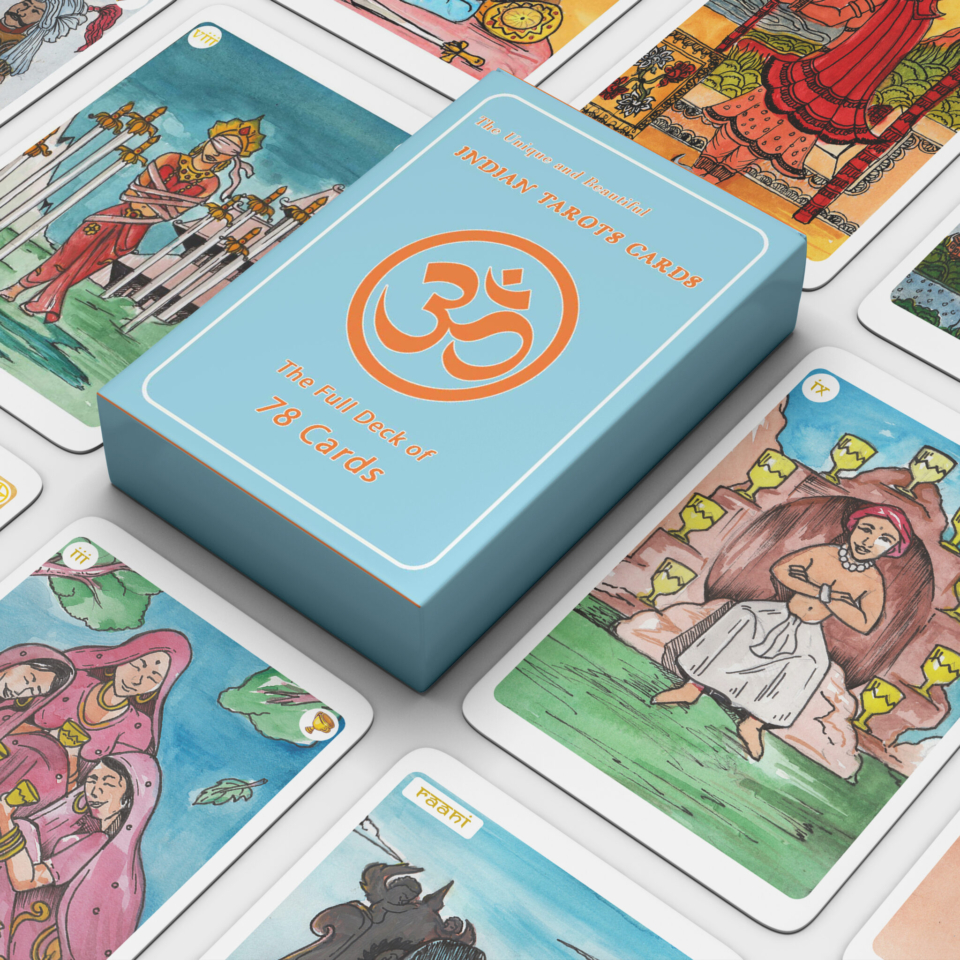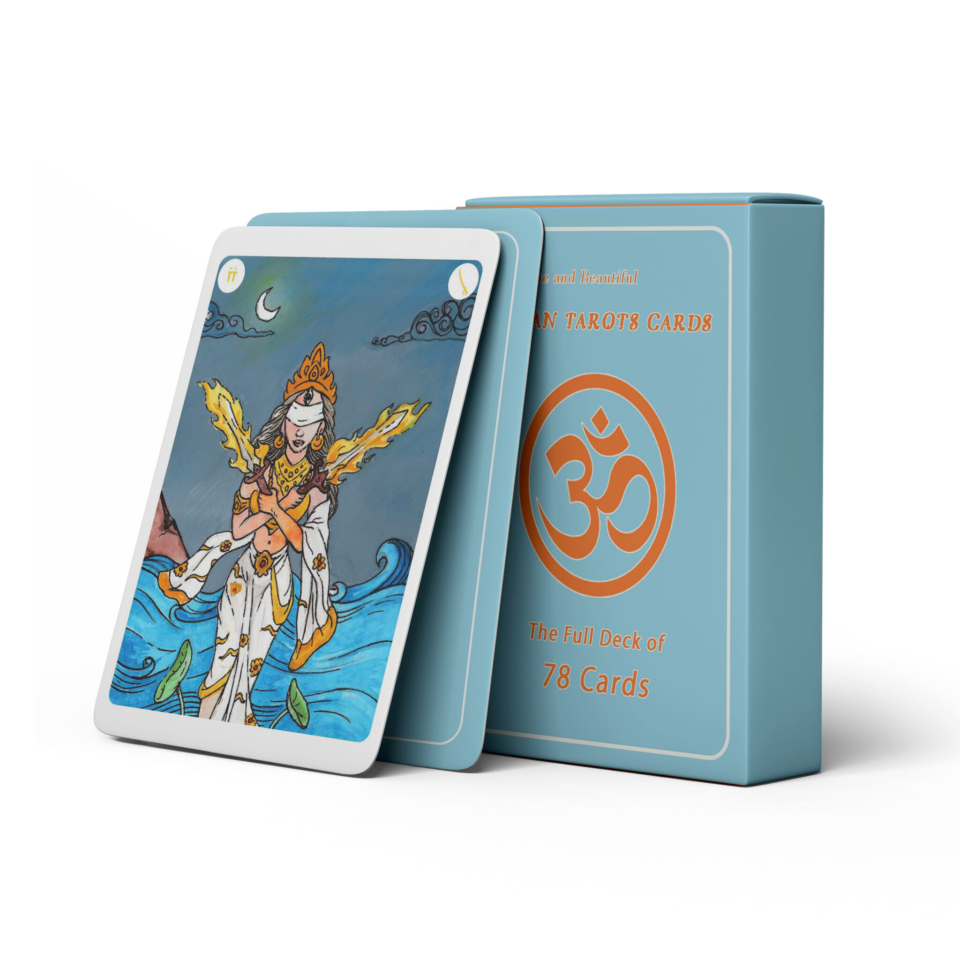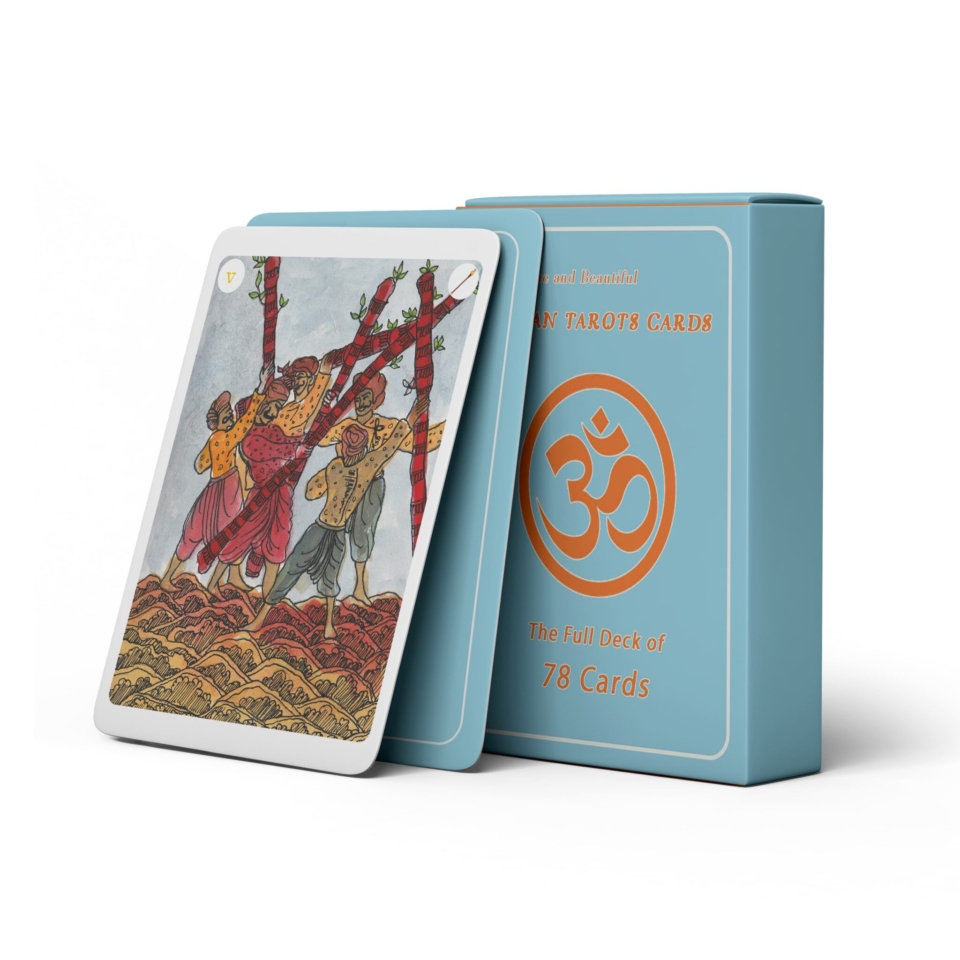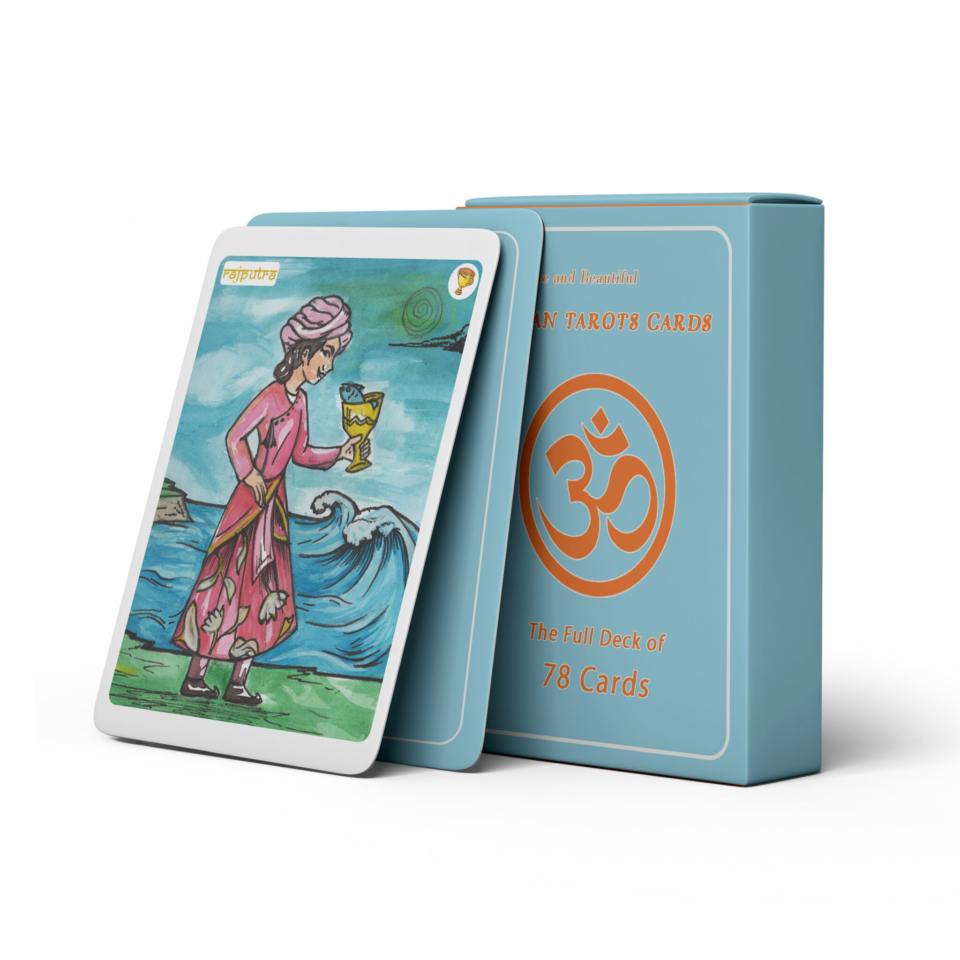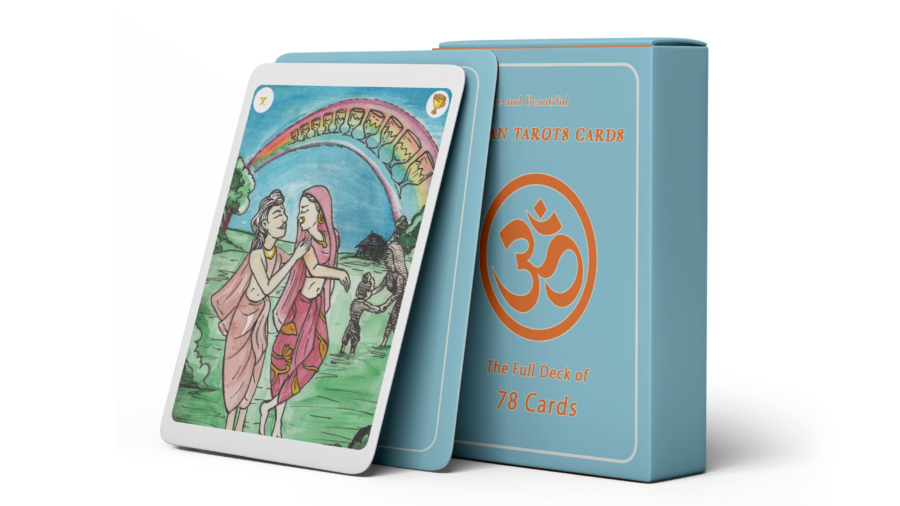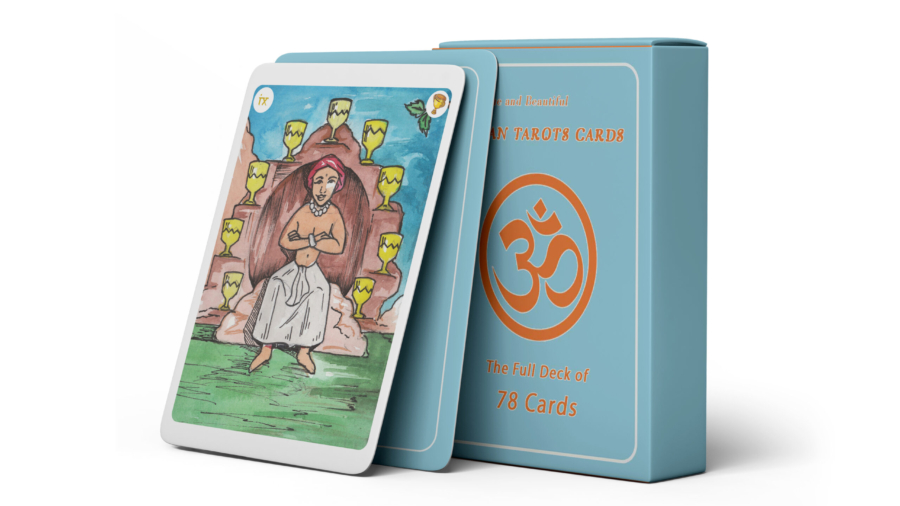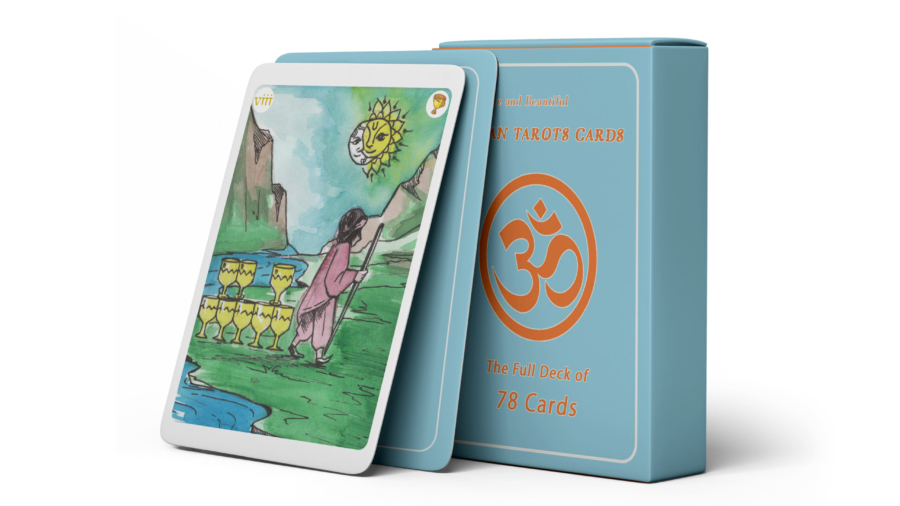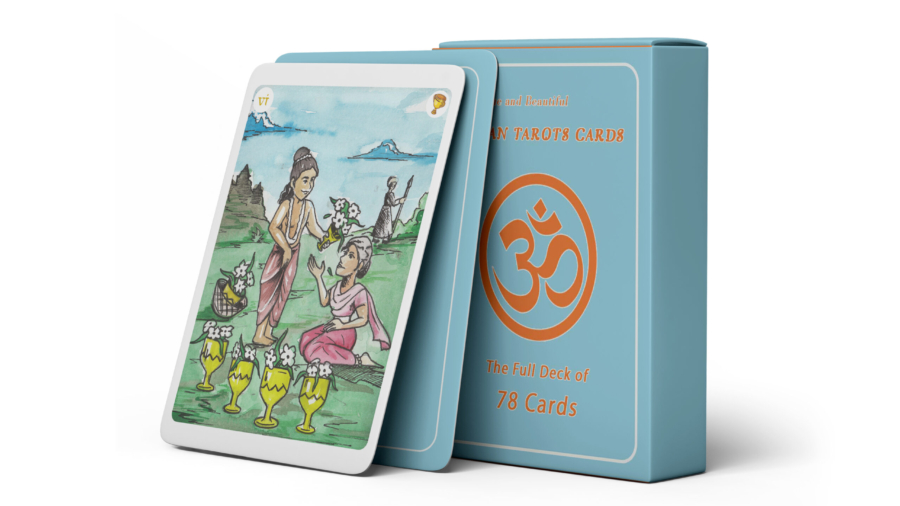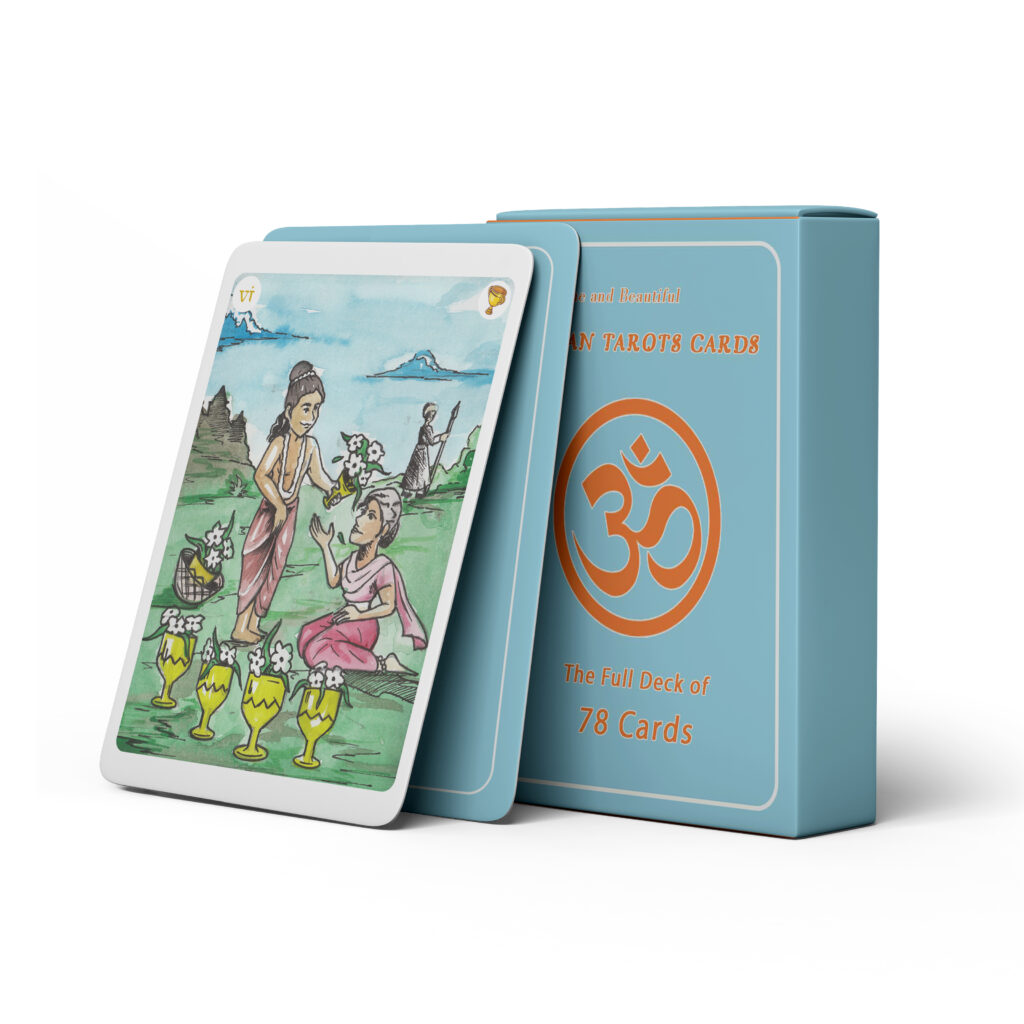
The Ace of Pentacles magically appears to the reader in a cloud of smoke, ready to be taken any anyone who wants it. If taken, the reader will walk through the garden gate and begin their path to enlightenment on the blue mountain road.
Out of a cloud of smoke, a hand offers the pentacle to the reader. This reveals that that the pentacle suit, like the others, is a gift waiting to be taken by you. The pentacle is the earth suit and represents our physical possessions, whether that be financial or our own bodies. Illustrating the pentagram, the pentacle has its roots in Tantra. It is mentionable that West Bengal, Assam etc states in East and North East India are hotspots of tantric practices.
The landscape below the pentacle is fertile farmland, further cementing the suit as the earth elemental of the minor arcana. This landscape is a place of growth and abundance. Similarly, the pentacle is a celebration of what we have reaped. In the background there is a garden gate. This symbolizes the entrance to new realms of being. As the reader begins their journey on the road to enlightenment through the minor arcana, they too pass through a spiritual gate. As the river Ganga and Padma flows through Eastern India, there are a lot of agricultural lands here. West Bengal is a major producer of paddy, which is main food of a huge number of Indians.
Through the gate there rises a range of blue mountains. It is the beautiful Kanchenjunga that can be seen from the North-most parts of West Bengal, Nepal and Sikkim. They reiterate that through the garden gate is the path to enlightenment.
Upright meaning
The upright Ace of Pentacles represents new beginnings, prosperity, and material abundance. It suggests that you’re being presented with an opportunity to improve your financial situation or to manifest your goals in a tangible way. The card encourages you to be practical and to take action to make your dreams a reality.
Reverse meaning
The reversed Ace of Pentacles can indicate missed opportunities, financial instability, or a lack of resources. It suggests that you may be experiencing setbacks or obstacles in your pursuit of material success. The card encourages you to reconsider your approach and to focus on building a strong foundation before pursuing your goals.
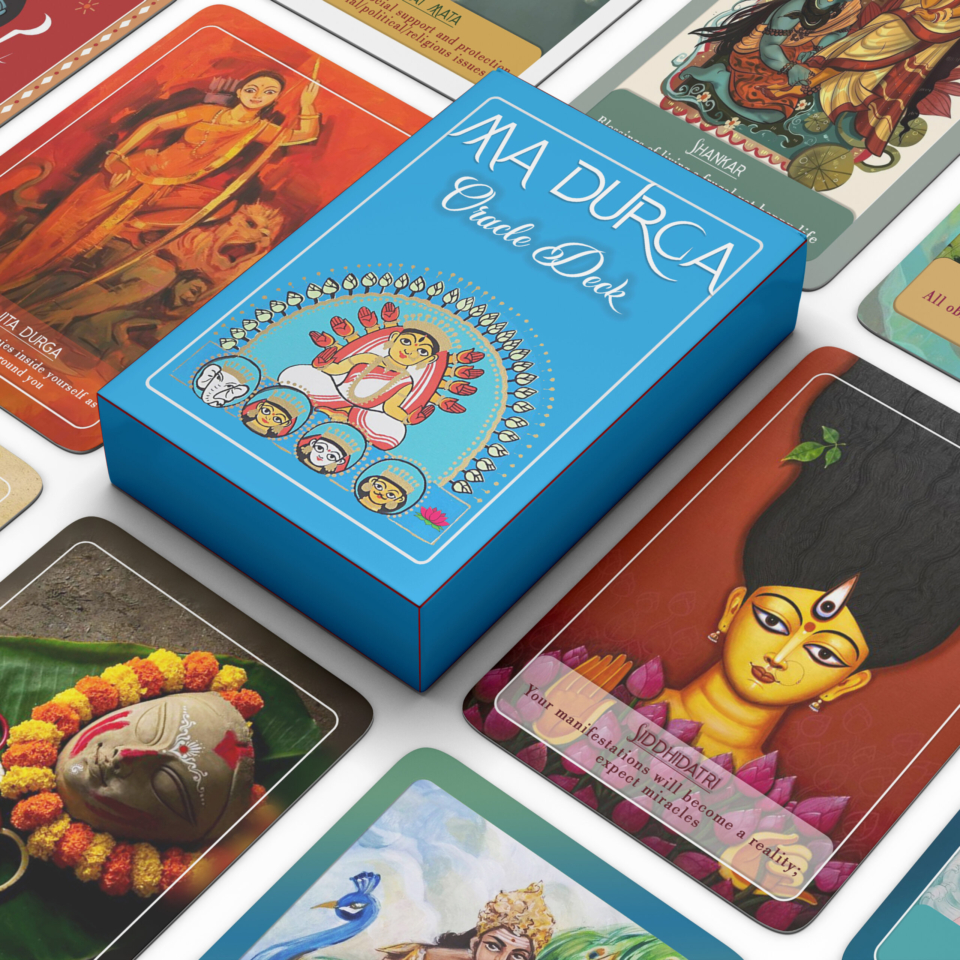
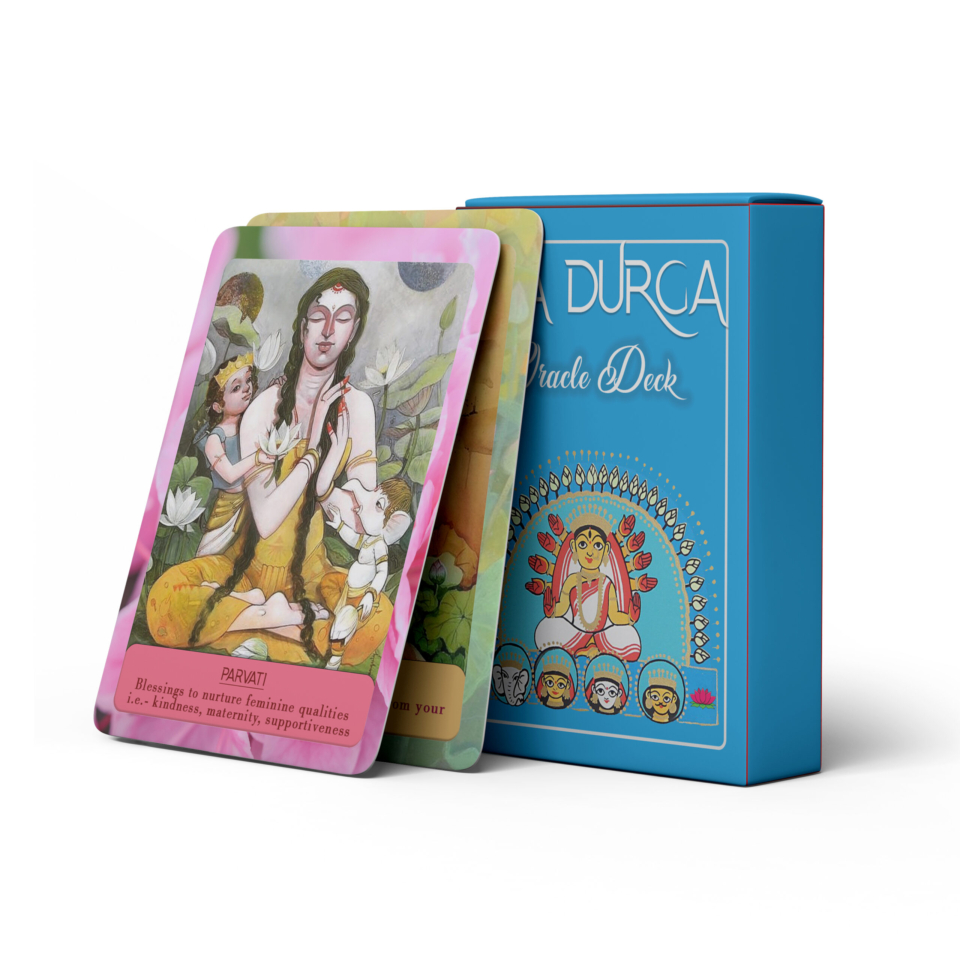
Ma Durga Oracle Deck – pack of 22 Cards
- 350 Gsm paper with gloss lamination
- Box
- Free guide materials
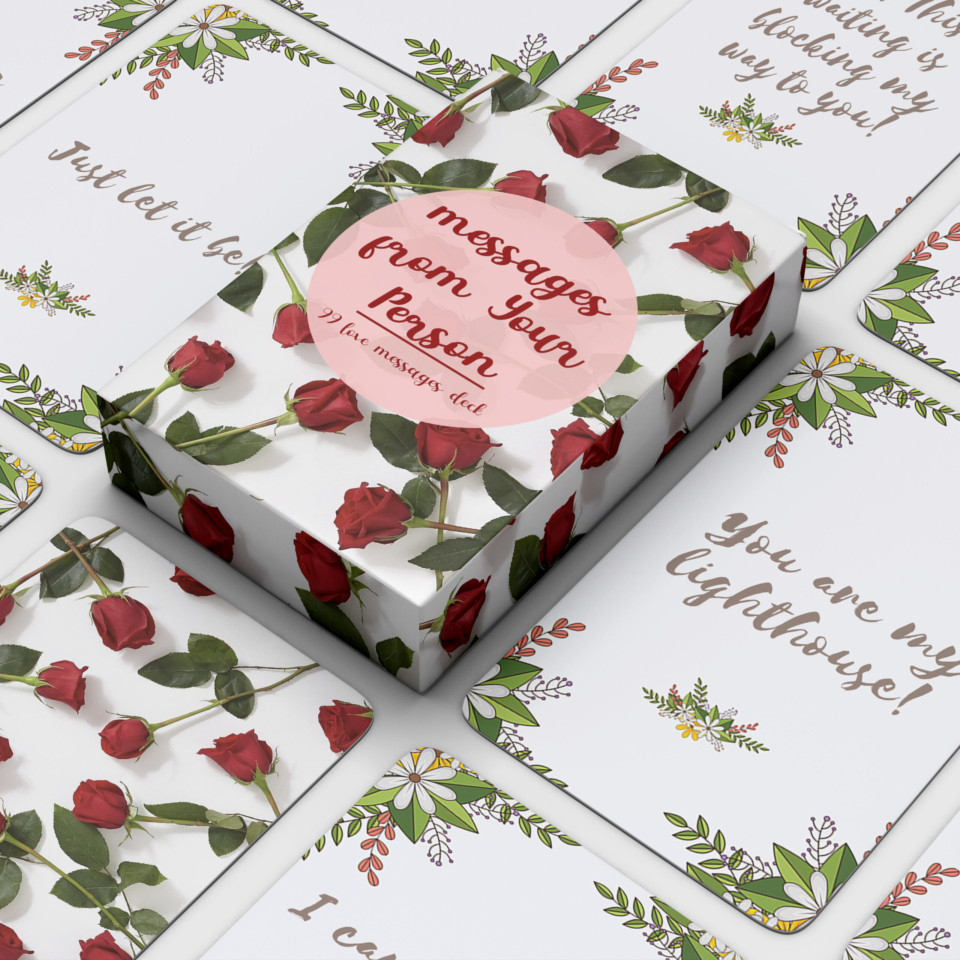
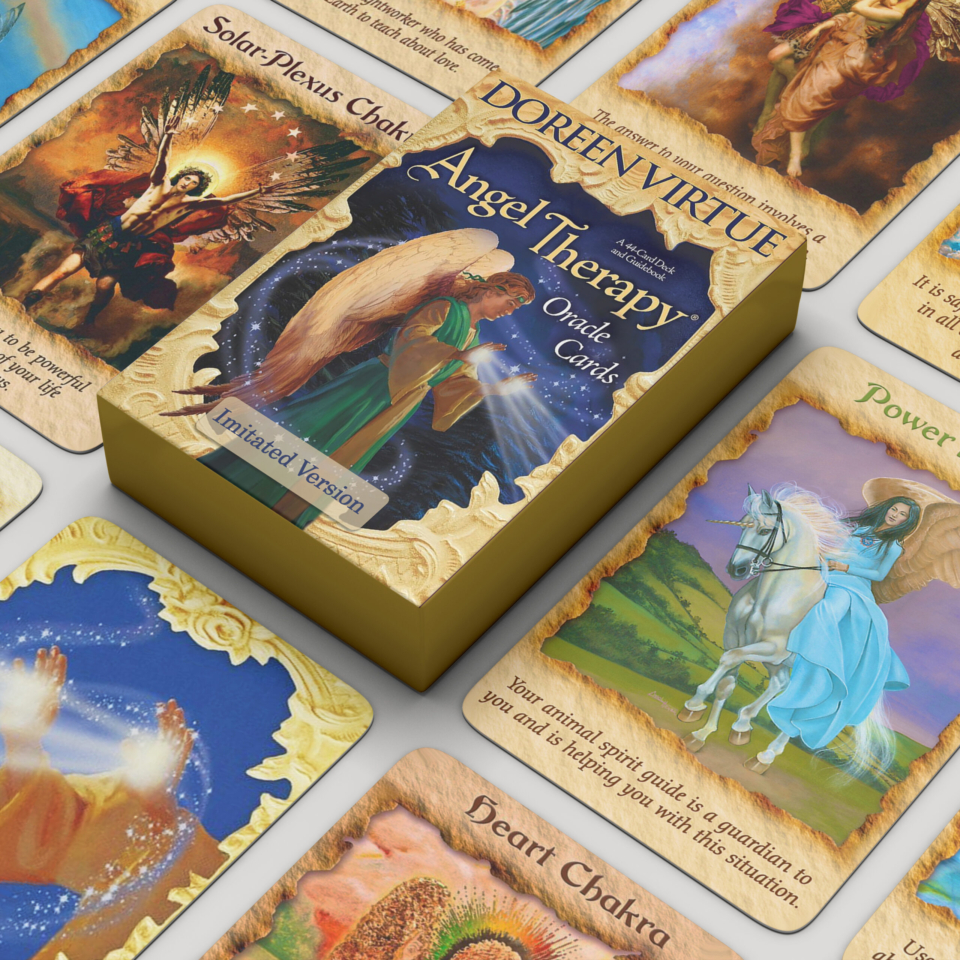
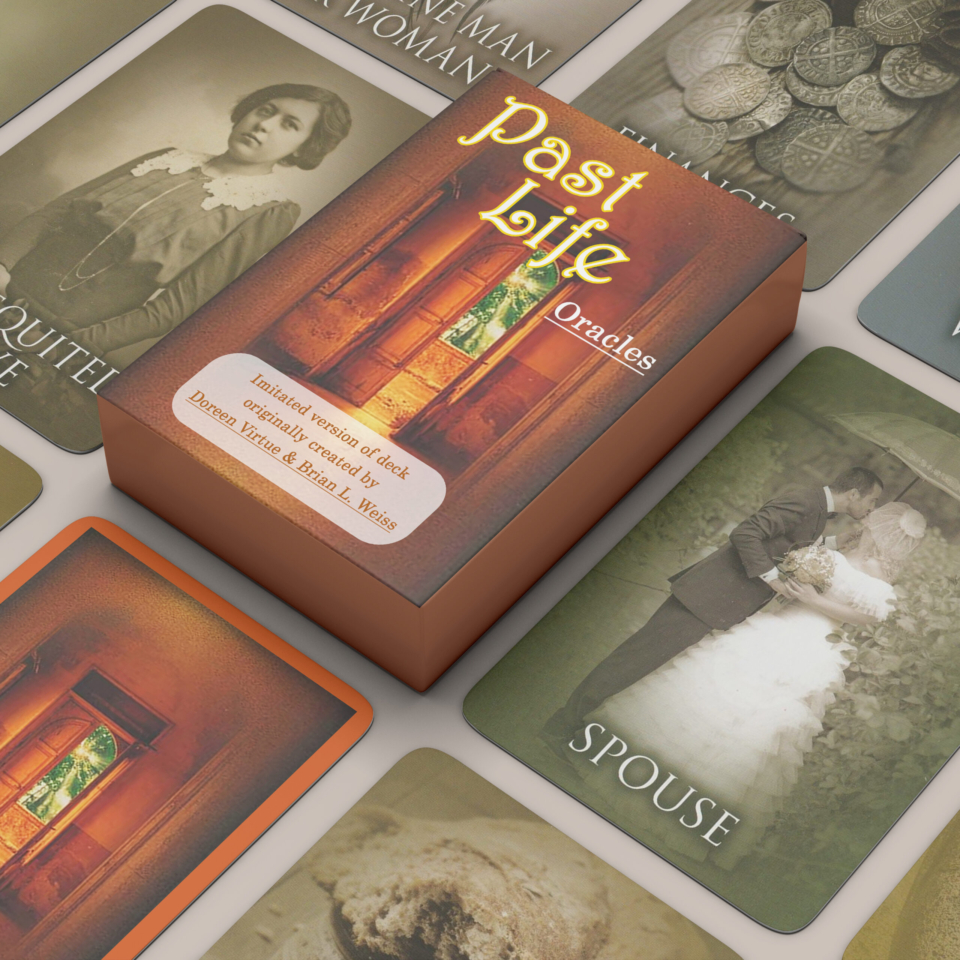

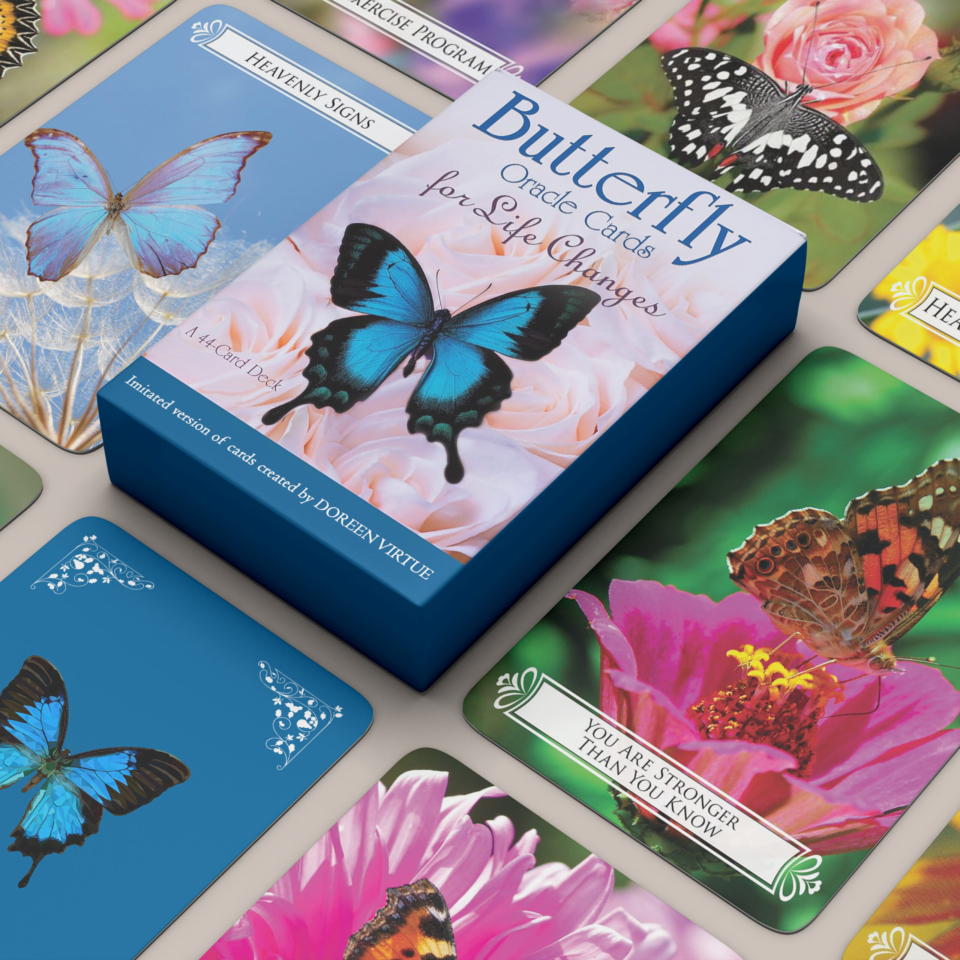


- 350 Gsm paper with gloss lamination
- Box
- Free guide materials

